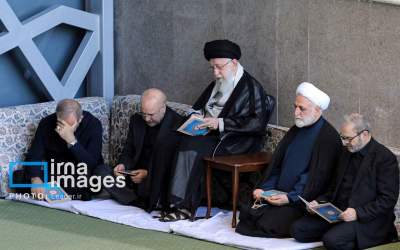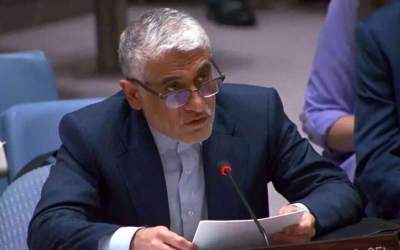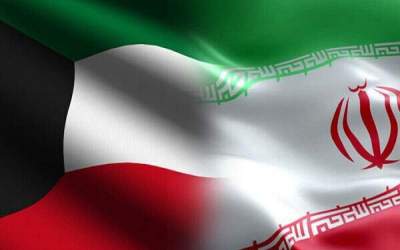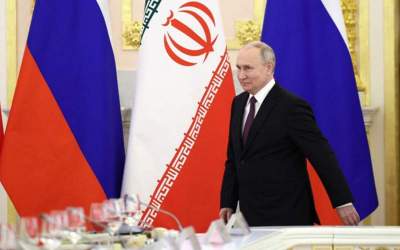In his letter to OPEC Secretary-General Abdullah al-Badri, the Iranian minister asked the organization to stick to�its output ceiling of 30 million barrels per day (bpd), Asali said.
�Currently, the output ceiling has to stand at 30 million bpd but the production has reached about 31.3 million bpd,� Asali said.
�This is while it is clear which countries are producing above their quota�Crude production by certain countries has increased so much that it has surpassed the ceiling,� he added.
Because of overproduction chiefly by Saudi Arabia and non-OPEC producers, there is currently up to 2.5 million bpd of excess oil in the market which has caused crude prices to lose around 60% of their value since mid-2014.
OPEC introduced output ceiling of 30 million bpd in its Dec. 2011 meeting as it scrapped allocating fixed production quotas to member countries. The group, however, has been producing a million more barrels than its ceiling for the past 16 months.
On Saturday, Zangeneh described OPEC�s decision to ditch its individual production quotas as a �historic mistake�, saying members are unlikely to agree on reinstating the system in their next meeting on Dec. 4.
�It is surprising why this plan was ever accepted,� the IRNA news agency quoted him as saying.
[caption id="" align="alignnone" width="555"]
 Iran's Petroleum Minister Bijan Zangeneh talks to reporters at an OPEC meeting in Vienna in Dec. 2013. �epa[/caption]
Iran's Petroleum Minister Bijan Zangeneh talks to reporters at an OPEC meeting in Vienna in Dec. 2013. �epa[/caption]The decision came amid 2012 sanctions on Iran, which have forced the country to produce 1 million bpd below its quota, giving pretext to some producers to ramp up output.
Asali said, �Iran�s production cut was not voluntary or�related to oil industry issues, rather imposed from outside."
"And as soon as the sanctions are lifted in the near future, Iran will return its output and exports to�former levels,� he added.
Earlier this month, Zangeneh said Iran would export an additional 500,000 barrels of oil a day after sanctions were lifted under the July nuclear agreement and begin selling another 500,000 bpd six months later.
By Press TV










